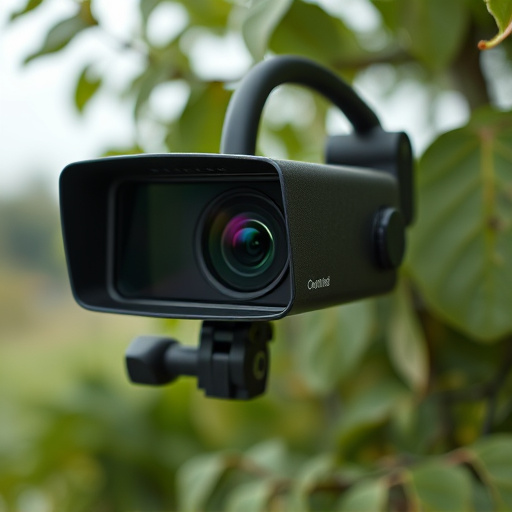This text explores the technical aspects of concealed cameras for babysitter monitoring, focusing on their use and ethical considerations. It discusses electromagnetic (EM) signals, signal manipulation for enhanced detection, and safety measures to prevent privacy breaches when using such cameras. Key points include understanding EM signal strength, detecting metallic components with magnetic sweep meters, and maintaining open communication and consent for a balanced approach to monitoring.
In today’s world, understanding hidden threats is paramount. This article explores surveillance device electromagnetic signal detection, empowering you to identify concealed cameras in your home. We delve into the intricate world of electromagnetic signals and offer practical tips for a thorough search. Additionally, we discuss ethical considerations when employing these methods, particularly regarding Concealed Cameras for Babysitter Monitoring. Stay informed and take control of your privacy.
- Understanding Electromagnetic Signals for Surveillance
- Tips to Detect Hidden Cameras in Your Home
- Ethical Considerations for Babysitter Monitoring
Understanding Electromagnetic Signals for Surveillance
Surveillance devices, including concealed cameras designed for babysitter monitoring, rely on electromagnetic signals to transmit and receive data. Understanding these signals is crucial for effective surveillance. Electromagnetic (EM) waves carry information in various forms, from radio waves to visible light, each with unique characteristics and applications. For hidden cameras, infrared (IR) signals are often employed due to their ability to penetrate certain materials while remaining invisible to the human eye.
When setting up a surveillance system, recognizing these EM signals and their behaviors is essential. This includes understanding signal strength, frequency bands, and potential interference from other devices. By manipulating these factors, users can enhance signal detection, ensuring clear and consistent communication between cameras and receivers. This knowledge is particularly valuable when deploying concealed cameras for babysitter monitoring, as it allows parents to maintain a watchful eye while adhering to privacy guidelines.
Tips to Detect Hidden Cameras in Your Home
Detecting hidden cameras in your home is essential, especially if you have a babysitter or anyone else who regularly accesses private areas. Start by checking common spots like corners, above doors and windows, behind picture frames, and under furniture. Use a magnetic sweep meter to detect any metallic components often found in camera equipment. Pay attention to any unusual electrical outlets or cables that might suggest hidden cameras.
For more advanced detection, invest in thermal imaging cameras or infrared sensors capable of identifying heat signatures—a common indicator of active cameras. Regularly inspect your home’s wiring and outlets, looking for any unauthorized modifications. Remember, concealed cameras for babysitter monitoring should never be assumed; proactive measures ensure the safety and privacy of your family.
Ethical Considerations for Babysitter Monitoring
While using concealed cameras for babysitter monitoring might seem like a comprehensive solution, it’s crucial to address the ethical considerations surrounding this practice. The use of surveillance devices in private settings, especially those involving minors, raises significant privacy concerns. Parents must weigh the benefits of ensuring their child’s safety against the potential invasion of their caregiver’s personal space and the baby-sitter’s right to trust and respect.
It is essential to establish clear boundaries and open communication between parents and caregivers. Implementing hidden cameras should be a well-thought-out decision, with a strong focus on transparency. Caregivers should be made aware of the surveillance system, ensuring they consent and understand their rights. Striking a balance between monitoring and respecting personal boundaries is paramount to fostering a healthy and secure environment for both the child and the babysitter.
In the age of advanced technology, understanding electromagnetic signal detection is crucial for identifying concealed cameras in homes and navigating ethical boundaries. The tips outlined in this article empower individuals to take proactive measures against privacy invasion, especially when it comes to monitoring babysitters. While the use of surveillance devices raises ethical considerations, being informed and vigilant can ensure a safer and more transparent environment, fostering trust among family members and caregivers alike.
